生物藝術是指使用人類細胞、去氧核醣核酸(deoxyribonucleic acid,簡稱DNA)、動植物組織或是微生物等具有生命意義的物質作為創作媒材所進行的藝術實踐。實踐過程往往涉及生物科學相關的知識與技術,例如組織培養、合成生物學、基因改造技術等。更廣義的生物藝術,則包含討論環繞生物科學研究所引發的倫理爭議、社會議題與環境問題等,不一定是狹義地限制於實際生物體的操作與創作。
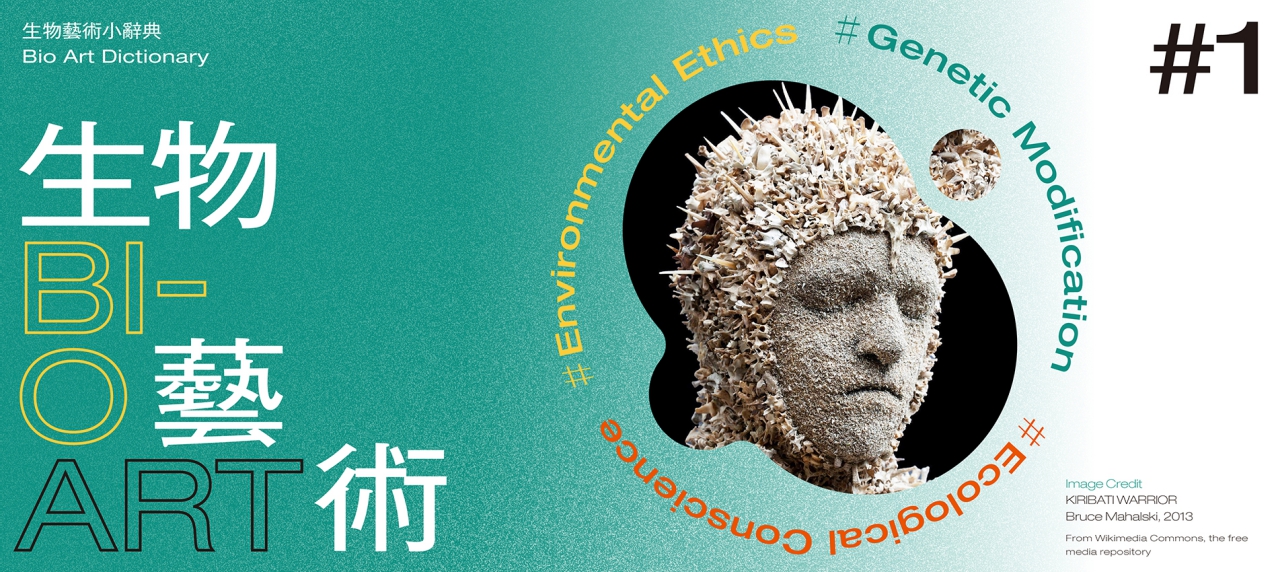 圖/Happ Design設計
圖/Happ Design設計
透過並置「藝術」與「科學」兩個定義範圍廣大的學科項目,以形塑一個新興領域。該領域認為藝術家與科學家能夠在對等關係中交流彼此的專業,並共同創造出新的計畫或知識系統。這類計畫被期待同時能夠與藝術領域對話,具備藝術性,但又能夠回饋科學領域中對於自然世界中真理的追尋。「藝術與科學」可以打破人文與理工的邊界,並具備共同探索嶄新知識生產形式的潛力。
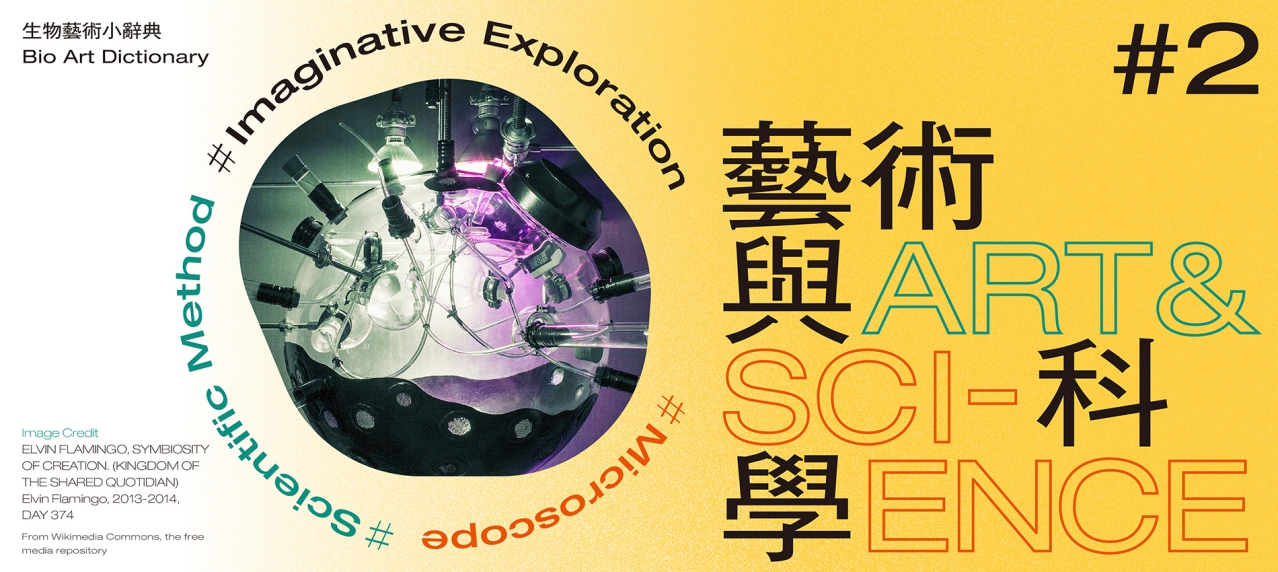 圖/Happ Design設計
圖/Happ Design設計
科學領域中注重使用儀器運算出實驗材料的物理模型,或是使用電子儀器的實驗室,因為較少使用化學實驗中的各種液體試劑,故稱為「乾實驗室」(Dry Lab)。相對於乾實驗室的「濕實驗室」即是指會操作化學、生物實驗的實驗室,實驗過程往往會有液體狀態的實驗材料或對象,也會有液體試劑的使用。在新媒體藝術領域中,透過濕實驗室技術所創作的計畫,例如生物藝術計畫,便被定義為「濕媒體」。而學者羅伊.阿斯科特(Roy Ascott)關於濕媒體的說法更拓展了原本生物藝術的定義與可能性。
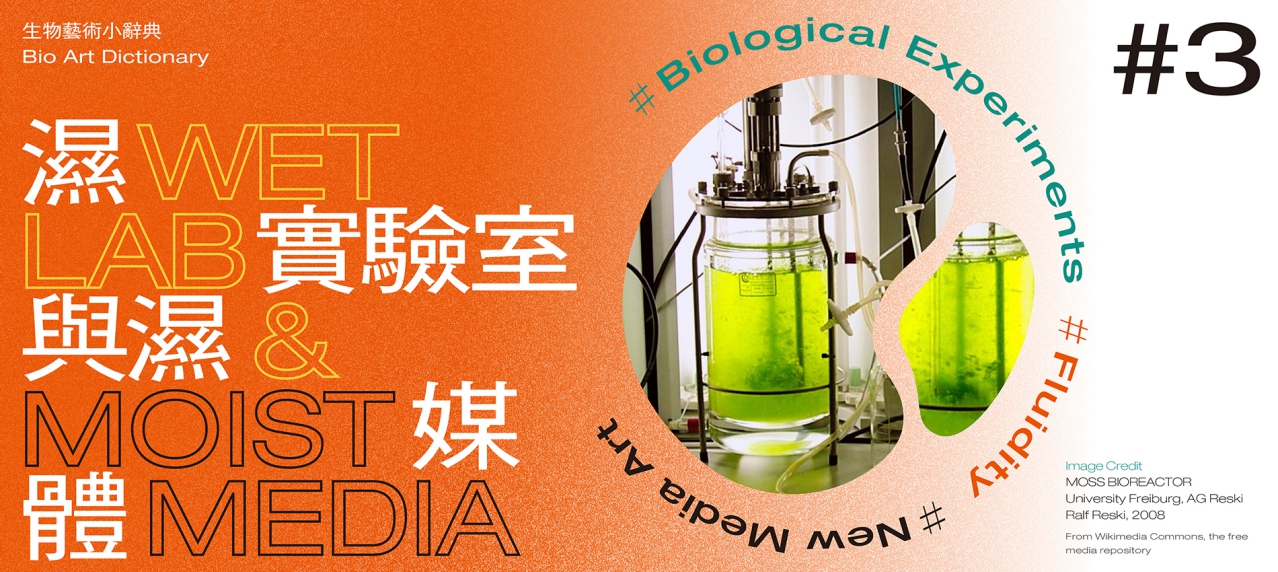 圖/Happ Design設計
圖/Happ Design設計
DIY生物學、DIWO生物學是關於生物科技的社會運動,透過個人、社群與小型組織使用與傳統研究機構相同的方法來研究生物學和生命科學。DIY和DIWO生物學主要由來自學術領域、機構或公司透過廣泛研究訓練之人員,從事且指導其他DIY和DIWO生物學愛好者。雖然接受的是非正規培訓,但DIY和DIWO生物學的愛好者能夠藉由探索學術和商業機構範圍之外,使用生物科技與進行生物實驗的實踐,作為社群學習與開源科學的非營利性質之努力,進而實現生物科技的民主化與去神秘化。
 圖/Happ Design設計
圖/Happ Design設計
生物駭客或濕件駭客(Wetware hacking)根據其生活方式、興趣和健康需求來破解生物學,與DIY 生物學運動與研磨者運動(Grinder movement)1有著密切關聯。都是應用駭客文化與倫理,一個是開源生物科技與生物實驗,一個是改造自己的身體或引入生化物進入體內,增強或改變自身身體的功能。生物駭客的行動常引起許多關於安全與倫理上的疑慮和討論,而對於潛在危險的恐懼則可透過增加相關研究和教育來解決,試著以自身打開生物科技的可能性與藝術性。
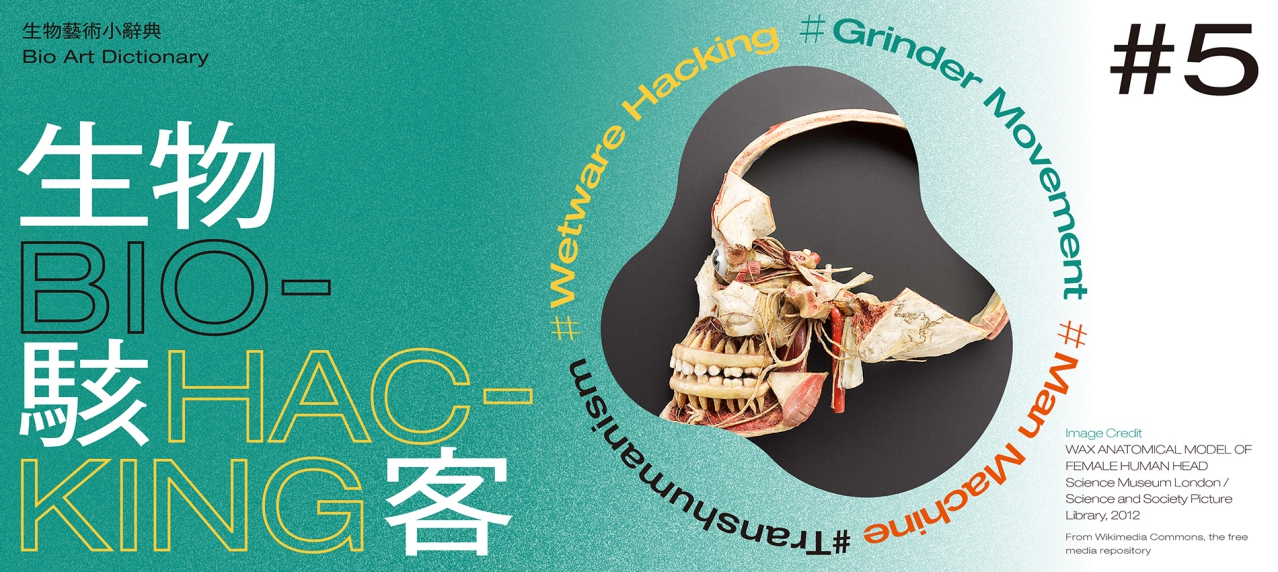 圖/Happ Design設計
圖/Happ Design設計
生物設計是一種新興的設計運動,與所謂的「綠色設計」(Green design)不同,它使生命有機體成為不可或缺的設計元素,涉及不同的專業領域,包含科學家、藝術家和設計師,為人們帶來適應、感知、自我生長與修復自身的產品,而工業與機械系統則被生物程序所取代。生物設計超越了仿生,消除了生物與物件之間的界線,橋接了生物學與科技。生物藝術與生物設計常有諸多重疊之處,但生物設計通常蘊含著更多實用性與功能性之目的。
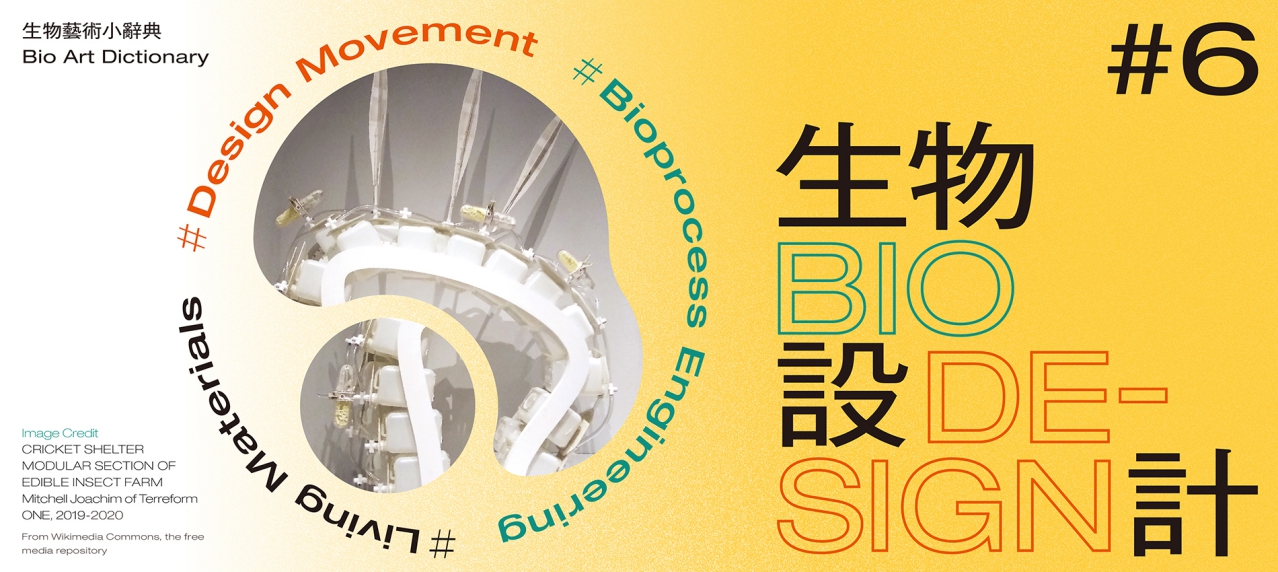 圖/Happ Design設計
圖/Happ Design設計
推測設計是一種透過推測與虛構情境來跳脫現實世界框架的設計思維。時常以假設性概念或推測情境的建構,來探討能否使生物科技與人工智慧等新興領域的研究,生產出關於社會、文化和倫理等研究範疇的意涵,同時可被專家與非專業的一般大眾理解。此外,當推測設計作品涉及生物學相關主題時,常會被歸類到討論未來類別的生物藝術作品。
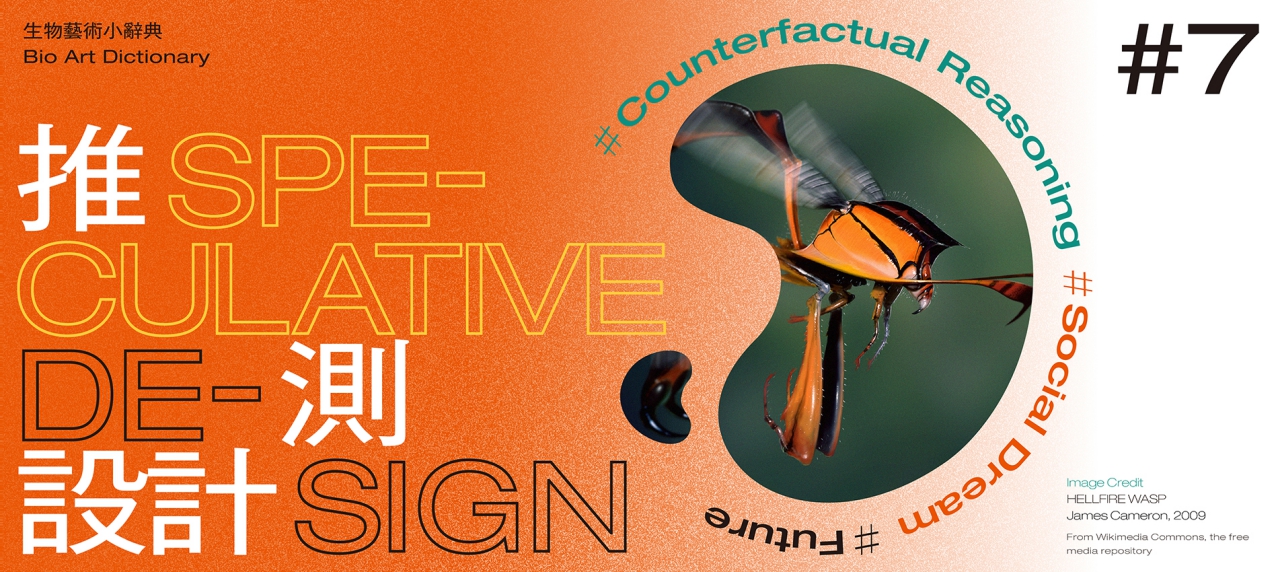 圖/Happ Design設計
圖/Happ Design設計
此技術又稱 SynBio,是一種跨領域的研究,具特定目的地透過人工或天然成分去創造新的生物元件、裝置與系統,或重新設計已在自然界中發現的系統。這種技術在成本、準確程度及反應時間等各方面,持續得到高度改善。未來,要從零開始創造基因組,將會變更加快速與簡單。由於此新興技術具備發展潛力,加上涉及人造生命的倫理道德探討範疇,常被生物藝術家作為想像未來的可能性、未來生物與社會倫理的出發點。
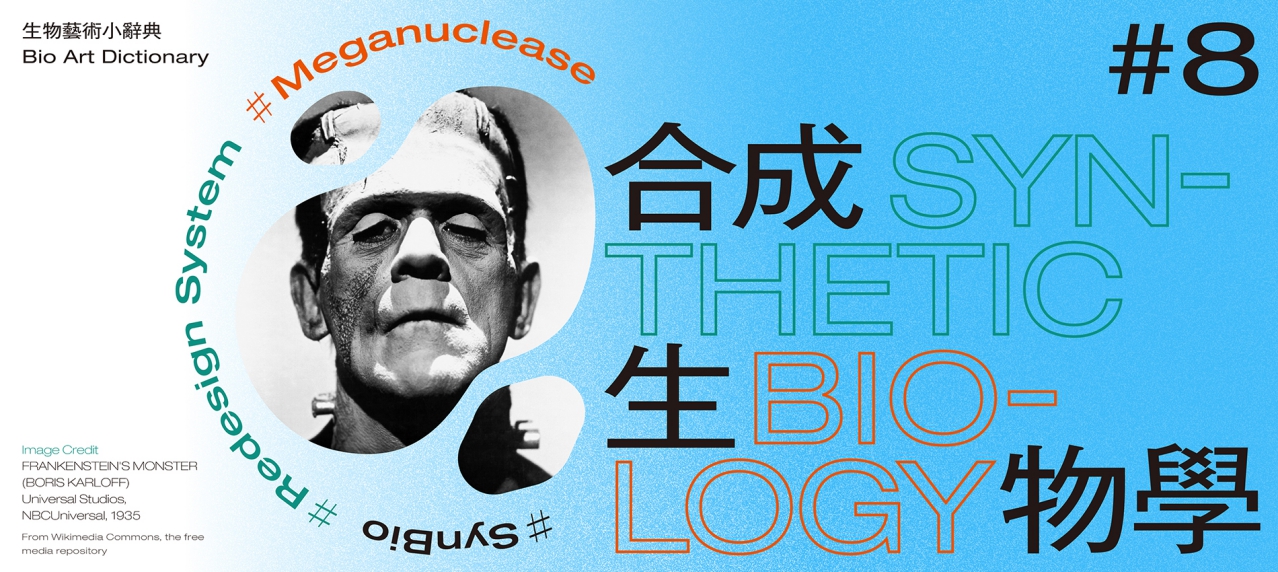 圖/Happ Design設計
圖/Happ Design設計
此科技是一種新興的基因編輯技術,能夠比以往更簡單快速地剪開基因,以進行後續的編輯。
源自細菌對病毒的免疫系統,CRISPR是細菌體內一小段由重複規律的基因序組成的序列,是細菌用以對抗病毒入侵的資料庫。每當細菌從一類病毒的入侵下存活,就會將該病毒的資料儲存在CRISPR裡;當病毒再次攻擊時,CRISPR產生可以比對病毒種類的資料(一段基因序列),由Cas9這個酵素帶著這段比對資料,前去盤查前來攻擊的病毒,確認之後,Cas9會立刻剪斷該病毒侵入的基因序列,破壞病毒對細菌的攻擊性。
這樣的過程,科學家將其應用在科學實驗中的基因編輯,用CRISPR/Cas9準確地切在我們想要編輯的基因序列位置,並接著植入想要的序列。這樣的技術被應用在很多醫療相關的計畫中。但而也因為基因編輯的快速,導致藝術家對於其所引發的倫理問題與對未來的影響產生高度興趣,愈來愈多生物藝術作品開始使用該技術或討論該技術的相關議題。
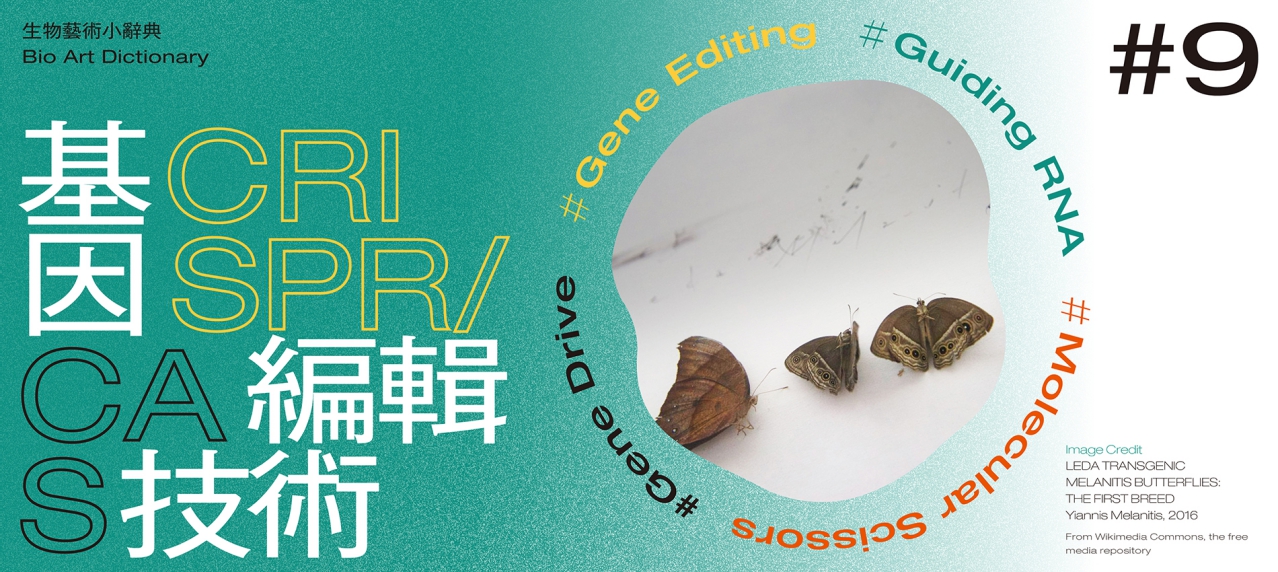 圖/Happ Design設計
圖/Happ Design設計
組織培養是一種生物科技技術。先將生物組織或細胞從生物體分離,並使其生長於液體、半固態或固體培養基(內含有該生物體所需養分)中。常見的科學應用像是人造肉開發所使用的動物組織培養,或是許多商業花卉多透過植物組織培養栽培而成。這個技術在生物藝術領域中,常被藝術家當作技術手段,並把細胞與組織當作創作媒材進行創作,藉此討論這樣從生物體取出的生物材料作為創作素材時所衍伸出的各種倫理矛盾與社會爭議。
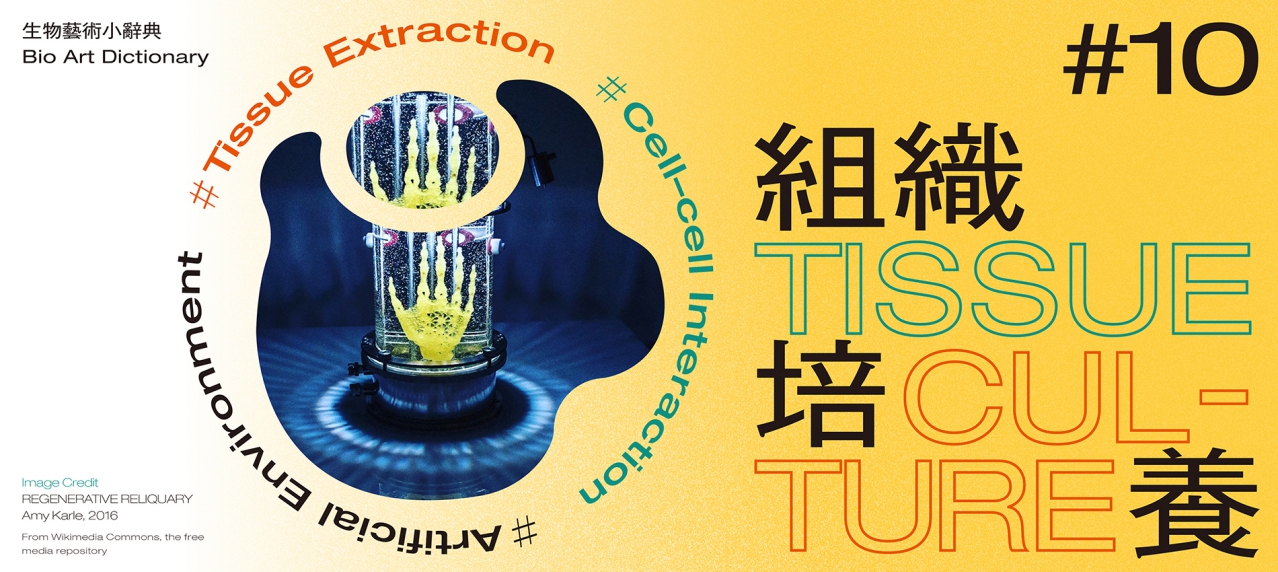 圖/Happ Design設計
圖/Happ Design設計